The Best Gear Of The Decade: 2010-2011
Here are six of the best studio products that we reviewed from 2010 to 2011.
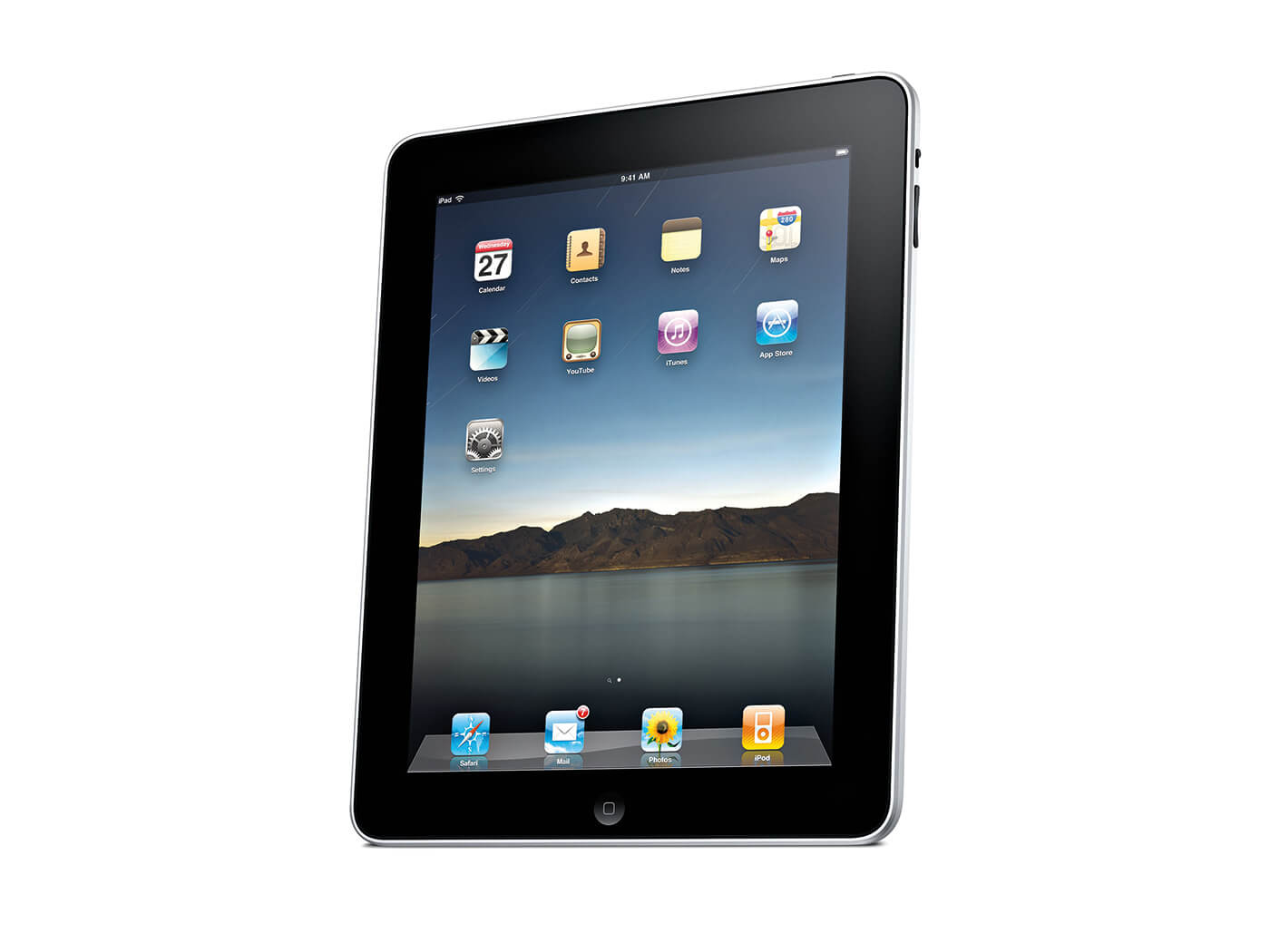
The first couple of years of the 2010s brought with them a huge amount of development and promise – a brand-new and desirable tablet from Apple, a tactile instrument that stood the test of time, a plug-in that would change the sound of music and an innovative piece of software that has yet to be rivalled.
Apple iPad
What we said: “…we expect to see the iPad quickly becoming a common sight onstage and in the studio, controlling synths, lights, samplers, FX and even other computers.”
Were we right? We didn’t even scratch the surface. The explosion of app development that followed the introduction of the iPad was huge and was adopted heavily by performers, live-sound engineers and studio-based producers. While the audio processing capabilities of the first-generation device were limited, later versions have become powerful enough to easily run DAWs with many developers even releasing iPad-specific plug-ins.
Conclusion: iPad sales may have slipped since their 2014 peak, but they’re as prevalent as ever, whether in regular, Mini, Air or Pro formats. That said, somehow the iPad never managed to fully dethrone the computer-based DAW. Perhaps that was down to the clunky inter-app audio routing or Apple never going whole-hog and releasing Logic for it. Either way, it’s impossible to escape the influence of the iPad.
RATING
- Innovation – 9
- Impact – 10
- Price Then – From £429
- Price Now – From £349
Celemony Melodyne Editor
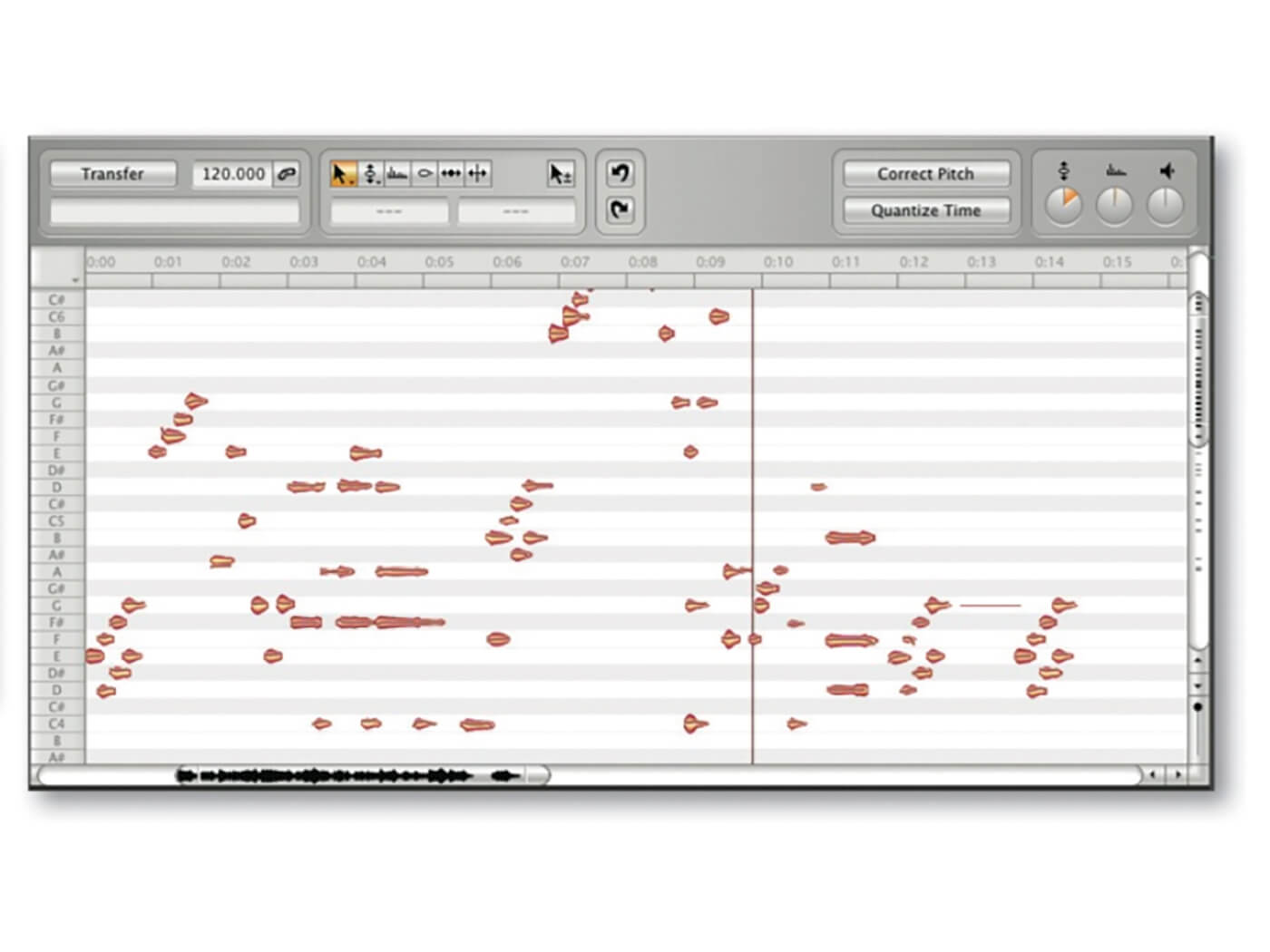
What is it? Celemony Melodyne Editor with DNA (Direct Note Access) technology
What we said: “A technical triumph… the ability to edit polyphonically is unique to Melodyne Editor, and given the large evolutionary leap behind DNA, it’s unlikely that a rival product will arrive anytime soon.”
Were we right? Well, yes. Ten years on, no piece of software has claimed the crown from Celemony’s Melodyne. We’ve certainly seen some very clever advancements in audio source recognition and separation from the likes of Zynaptiq (for reinterpreting pitched audio) and iZotope (for rebalancing parts within a mix) but nothing quite does what Melodyne Editor does. The ARA (Audio Random Access) tech that Celemony and PreSonus created in 2011 for integration of Melodyne in a DAW has, in the intervening years, seen widespread adoption, too.
Conclusion: The DNA technology that powers Melodyne Editor is truly impressive and can help you out when a clean piano or guitar part is played imperfectly. However, it hasn’t proved to be nearly as ubiquitous or broadly useful as its monophonic counterpart.
RATING
- Innovation – 10
- Impact – 8
- Price Then – €399
- Price Now – €399
Teenage Engineering OP-1
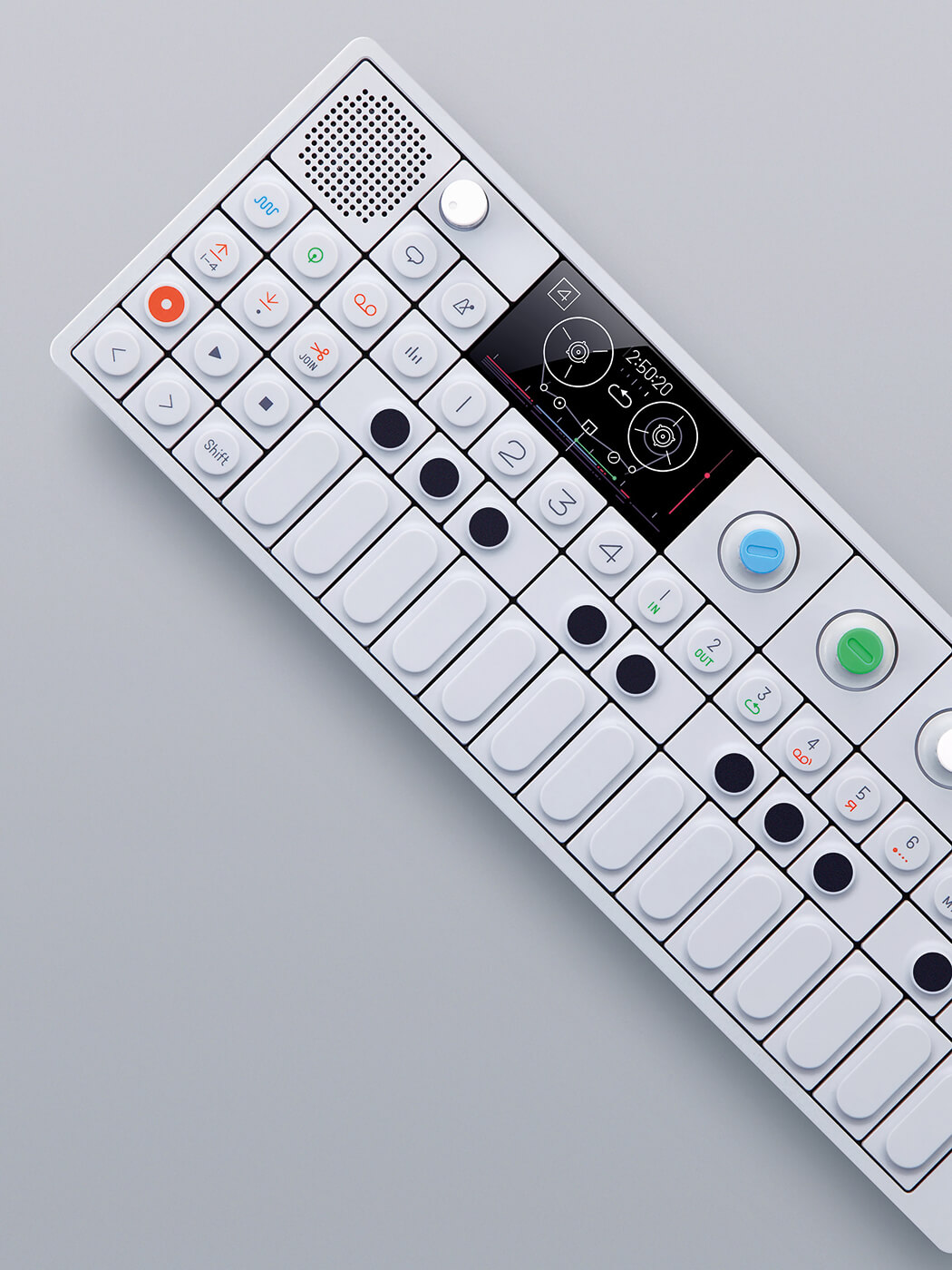
What we said: Technically, we didn’t review the OP-1 until 2017, when it received a major firmware update, but we said it was “still a wonderful piece of music technology that might demand a lot of cash, but delivers spades of goodness in return.”
Were we right? Since that review, the price of the OP-1 has risen again, but it remains a highly desirable piece of kit. Launched in 2011 in the wake of the iPad, the OP-1 was the complete antithesis of Apple’s tablet. It was tactile, quirky, tweakable and focused solely on music-making.
Conclusion: Where the iPad once promised a universe of music exploration, Teenage Engineering actually delivered. They did this by being laser-focused on making a playable instrument. The OP-1, in spite of its successor, the OP-Z, remains popular because it’s self-contained with a built-in screen and doesn’t demand you use your phone with it, thus making it immune to obsolescence.
RATING
- Innovation – 9
- Impact – 9
- Price Then – £799
- Price Now – £1199
Fabfilter Pro-L
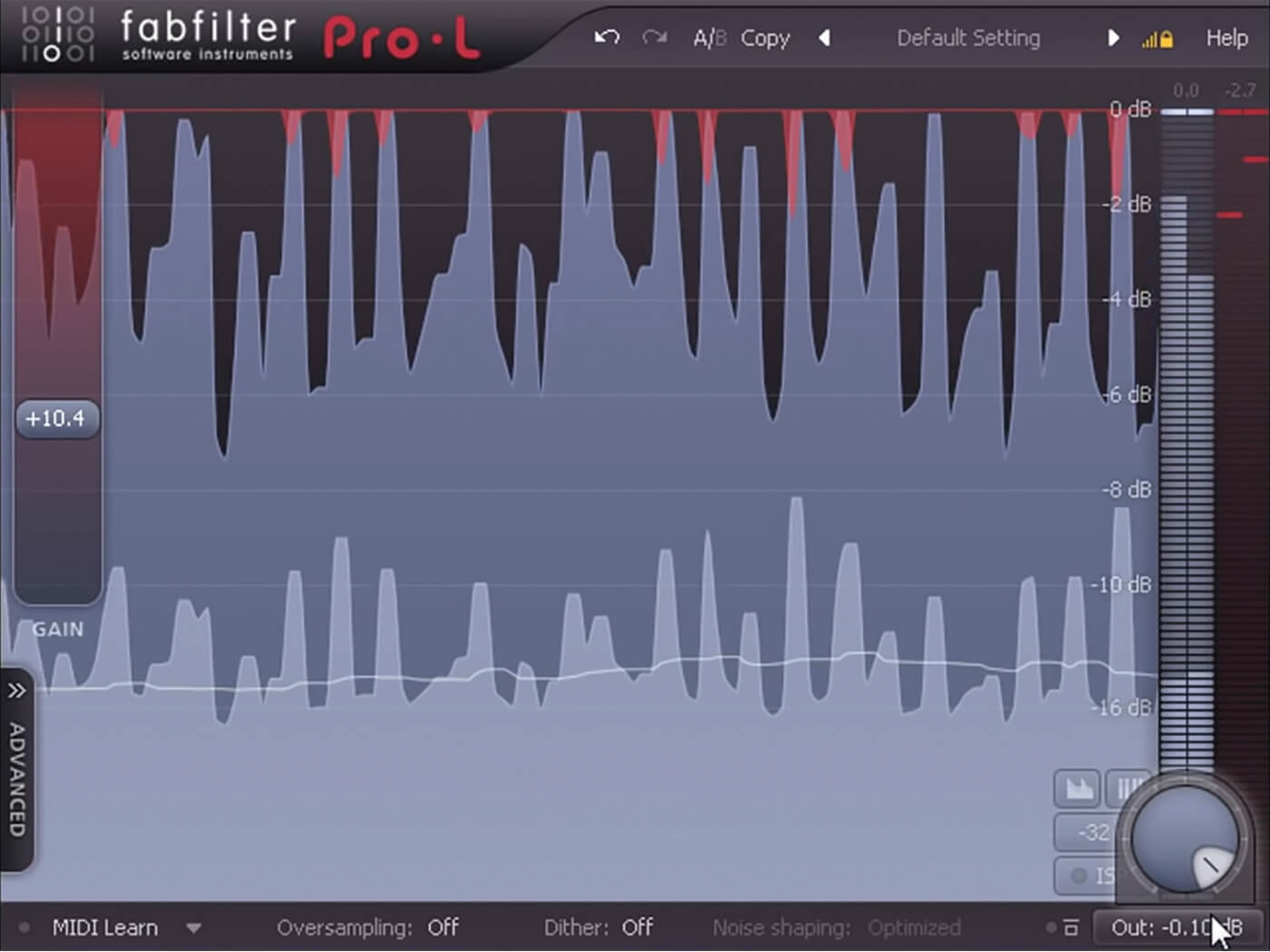
What we said: We called Pro-L a “triumph”, praising its ease of use, valuable visual feedback, low CPU hit and its sound, which ranged from extremely transparent to very coloured. “For all kinds of mastering, Pro-L is seriously worthy of consideration,” we said, offering zero reasons not to buy.
Were we right? Our opinion hasn’t changed one iota. In our original review, we compared the Pro-L to Waves’ L2, which had been a go-to brickwall limiter for many audio pros for years. Fabfilter offered an alternative and it’s been used on countless tracks by producers, mixers and mastering engineers ever since.
Conclusion: Fabfilter’s Pro-L offered enough visual feedback and transparency to let music-makers take their music to limits of loudness without drastically compromising audio quality. Whether you’re a fan of loud masters or not, there’s no debating that Pro-L has changed the sound of records… and arguably for the better.
RATING
- Innovation – 8
- Impact – 10
- Price Then – £149
- Price Now – £149
GarageBand for iPad
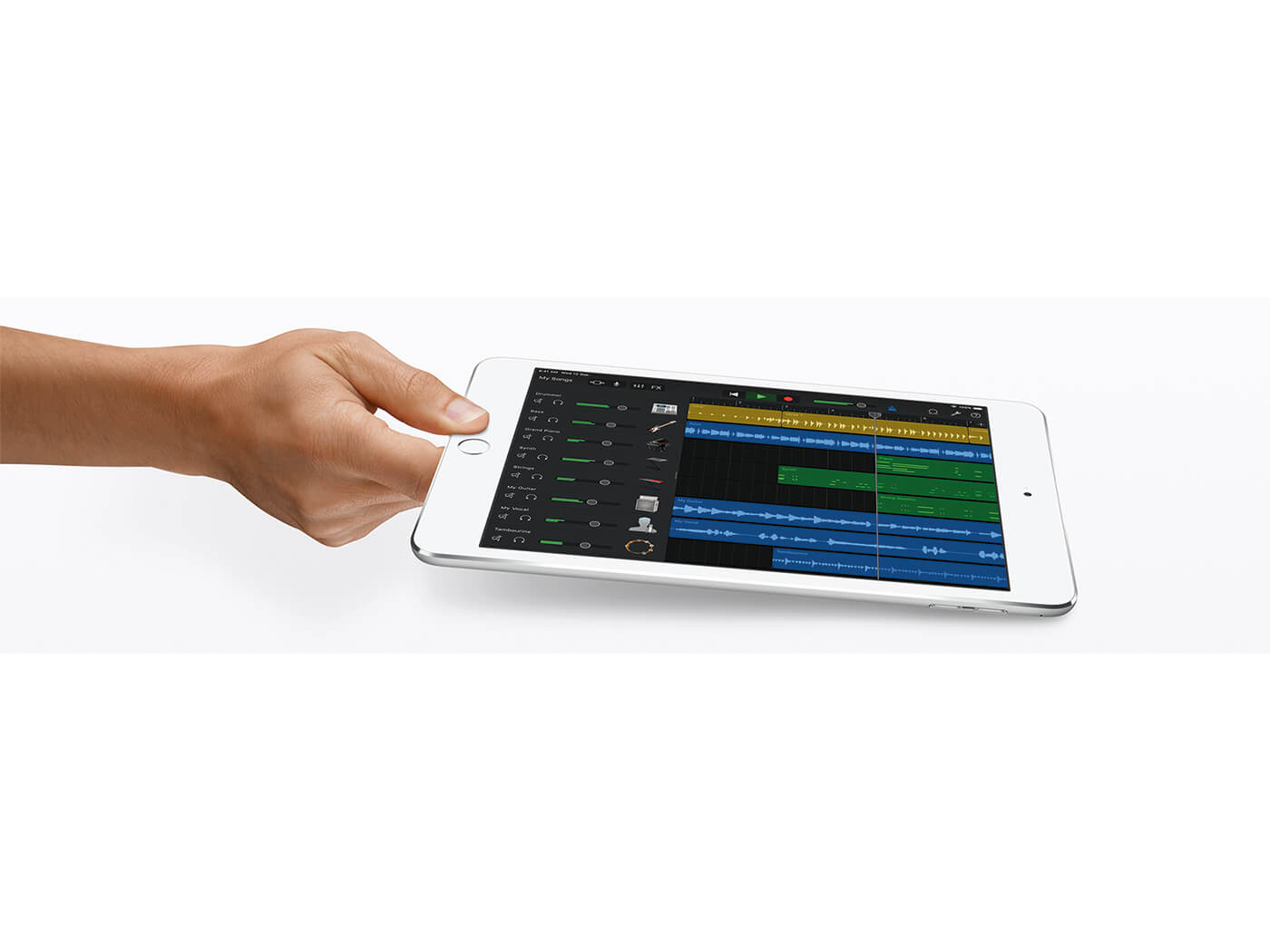
What we said: “A slick app with some limitations, but great fun to use and surely the portent of things to come.”
Were we right? GarageBand for iPad went on to gain tonnes of features over the following nine years, not least a greatly improved sequencer and the ability to import tracks into Logic Pro for finishing.
Conclusion: GarageBand for iPad has been the entry point into production now for a generation of producers, introducing the concepts of recording and production. Although it’s never quite had the full feature set of the desktop Logic Pro, its neat integration with the software and ability to run AUv3 plug-ins still makes it a strong contender for mobile audio production.
RATING
- Innovation – 9
- Impact – 9
- Price Then – £2.99
- Price Now – £Free
Moog Minimoog Voyager XL
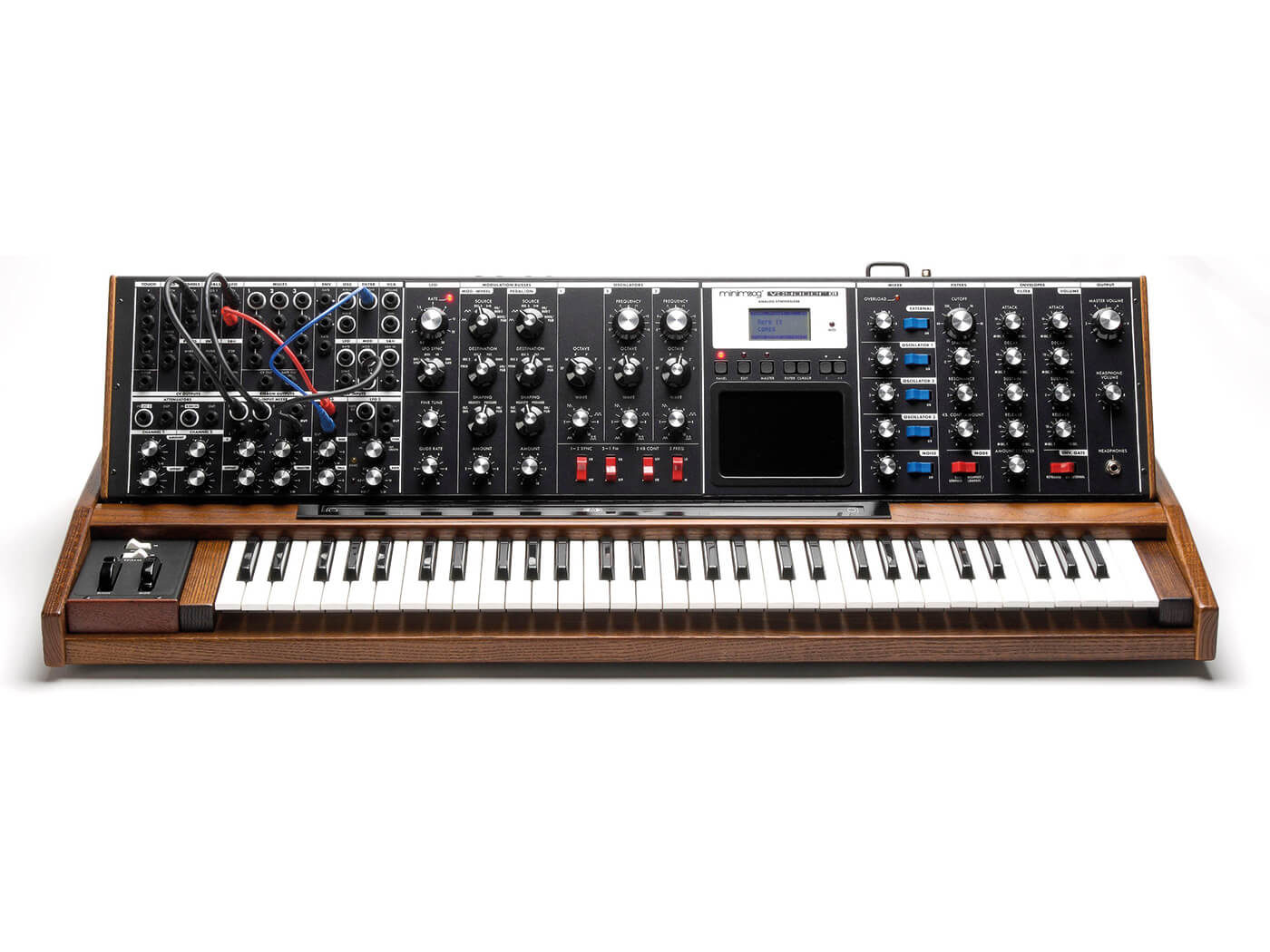
What we said: “The Voyager XL is, without a doubt, the best-sounding synth we’ve ever heard… it is the ultimate analogue synth”
Were we right? The Voyager XL was a semi-modular monster and the pinnacle of the Minimoog’s development, some 40 years after its original debut. However, its high price kept it beyond the reach of most mortals. What followed, in the shape of the affordable Minitaur, would really mark the next step in the company’s evolution, forming the basis of the popular Sub Phatty and Sub 37.
Conclusion: The 2010s have produced so many new and fantastic-sounding analogue synths that it’s very difficult to lay praise at the door of just one. Moog has returned to the semi-modular concept in recent years with the Mother-32, Grandmother and Matriarch, with alterations to the patch points that enable these beasts to play nicely with the world of Eurorack modules, allowing a greater deal of sonic customisation.
RATING
- Innovation – 7
- Impact – 7
- Price Then – £4,079
- Price Now – £2,900 – £3,700 second hand
Check out the full Gear Of The Decade: 2010-2019 list here.